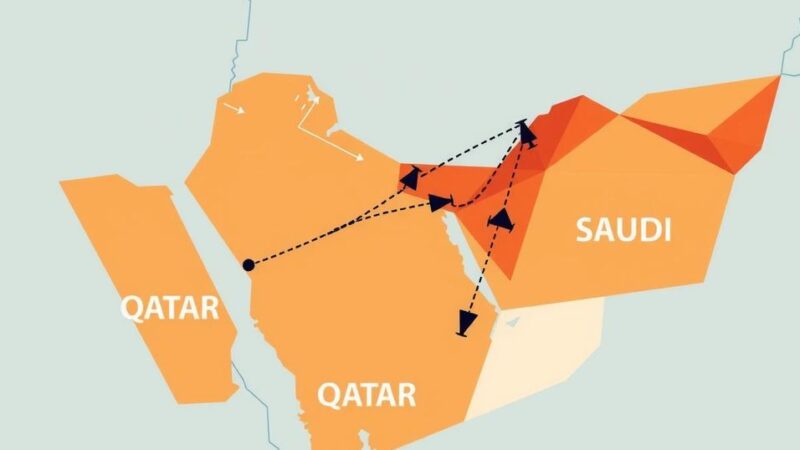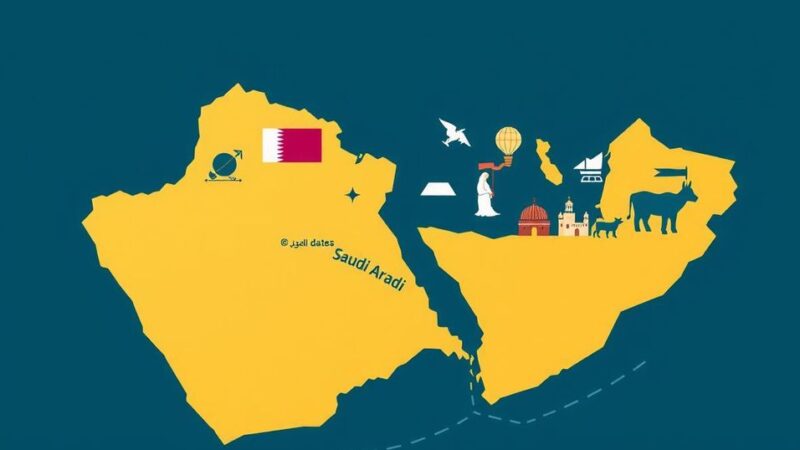Hurricane Rafael has weakened to a tropical storm with 70 mph winds and is moving west-northwest at 5 mph. The storm is expected to continue weakening and turn toward Mexico, with minimal U.S. impact. There is also a low probability of development for another system near the Leeward Islands.
As anticipated, Hurricane Rafael has rapidly decreased in intensity, now classified as a high-end tropical storm. The system is currently exhibiting sustained winds of 70 miles per hour, with its west-northwestward motion diminishing to 5 miles per hour. Forecasts indicate continued weakening, followed by a pronounced turn towards Mexico by the end of the weekend. Notably, there are no significant impacts projected for the U.S., aside from potential rip currents caused by the storm’s outer bands. Currently, Rafael is located at coordinates 24.8N and 89.9W, approximately 240 miles north of Progreso, Mexico, and around 460 miles east of the Rio Grande’s mouth. The minimum central pressure of the storm stands at 989 millibars (29.21 inches). In conjunction with Rafael, the National Hurricane Center is also monitoring a separate area of thunderstorms near the Leeward Islands, although the likelihood of development remains low at just 10%. This situation will be observed in the days ahead.
Hurricane Rafael was previously classified as a major hurricane, indicating a period of heightened intensity and strength. However, changes in environmental conditions have led to a rapid decline in its power. The National Hurricane Center’s ongoing monitoring of potential storm developments highlights the importance of tracking various weather systems and assessing their possible impacts on land masses, particularly as Rafael progresses toward Mexico.
In summary, Hurricane Rafael has significantly weakened into a tropical storm, with sustained winds decreasing to 70 mph and minimal U.S. impact expected apart from rip currents. The system’s trajectory will be closely monitored as it heads toward Mexico. Meanwhile, another cluster of thunderstorms is being watched, though its potential for development appears limited at this moment.
Original Source: www.alabamawx.com






